
Engineers conduct inspection of a photovoltaic industrial park in Luopu county, Xinjiang Uygur autonomous region on May 17, 2023. (Photo by Wang Zhuangfei/chinadaily.com.cn)
China is racing to curb its reliance on fossil fuels with notable progress, and a valuable addition to the country's renewable energy mix can be found on the cusp of the Taklimakan Desert.
Endless arrays of solar panel installations sprawl throughout a sun-scorched wasteland of rubble and fine dust in Hotan, Xinjiang Uygur autonomous region. They face upward with at a 37-degree elevation angle, which is calculated by engineers to best capture sunlight.
Towers carrying ultra-high voltage transmission cables loom in the distance.
These are the sights of a 6600-hectare photovoltaic industrial park in Hotan.
In February, a solar power project with an installed capacity of 200 megawatts was completed within the park and connected to the national grid.
The State Power Investment Corporation, a resident of the park that built the project, said another 400-megawatt project is in the pipeline and can be completed as soon as end of the year.
The power-generating capacity to be added in just a few months, the company said, is expected to help local mining industry go green. The beneficiaries include an energy-intensive non-ferrous metal industrial park just a few kilometers away. The park, which is still under construction, hosts a producer of lithium salts, a crucial raw material for making batteries that can be used at solar farms.
Tian Juxiong, who works with SPIC, did the math for a group of visitors on how the 200-megawatt project can help reduce the country's carbon footprint. He said it helps curb coal consumption by 110,000 metric tons annually, and reduces carbon dioxide and nitrogen dioxide emissions by 330,000 tons and 1,300 tons every year, respectively.
"A tree can absorb 18 kilograms of carbon dioxide, and therefore this project is equivalent to planting 17 million trees a year," Tian said.
Solar power plants typically require more space than coal-powered ones due to the way panels are set up. Hotan, better known for its jade, silk and carpet, has vast swathes of Gobi deserts - and thus much cheaper land - and about 15 hours of sunlight each day.
The endowments, alongside newly built long-distance transmission cables connecting Hotan with eastern provinces, are drawing solar power investors. The previous lack of transmission infrastructure has forced many renewable energy projects to remain dormant during peak electricity-producing season.
Hotan is shorthand of Xinjiang's ambition to build itself into a renewable energy base with sprawling solar and wind farms, which can power not only local development projects, but also provide clean energy to industrial clusters in the coastal regions.
According to the regional government, Xinjiang aims to transmit 180 billion kilowatts of electricity outside the region between 2021 and 2025.
The installed capacity of renewable energy projects will reach 82,400 megawatts by 2025, it said.









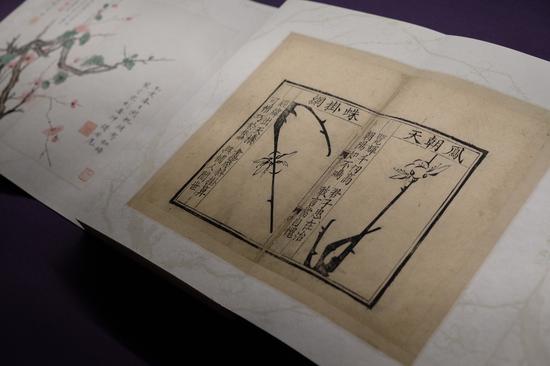
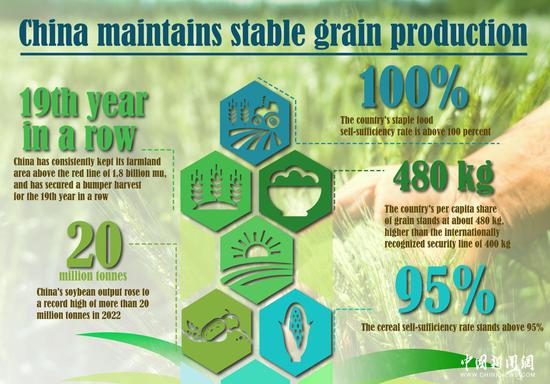
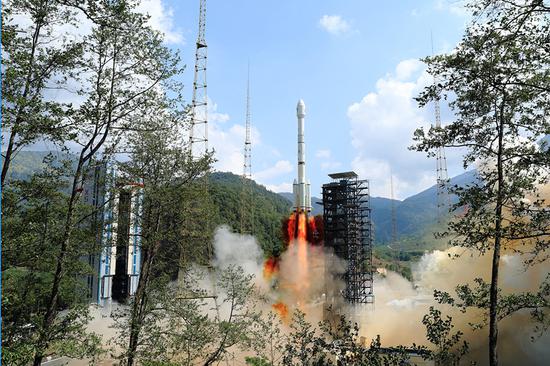

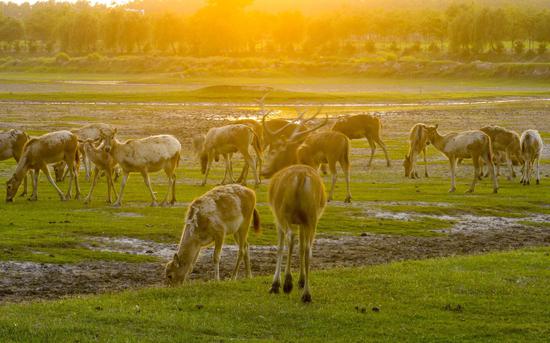







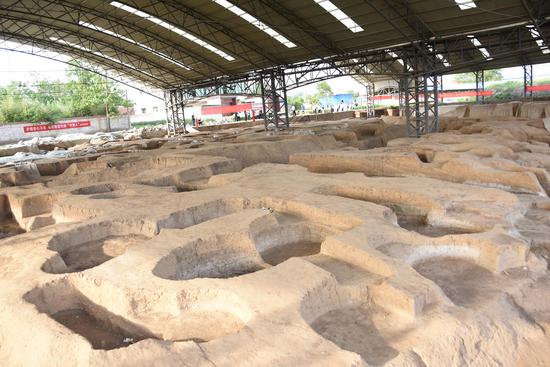










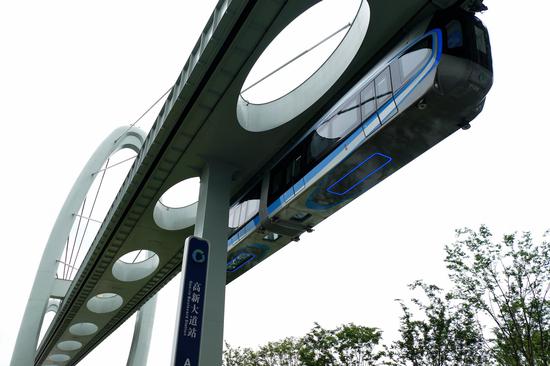





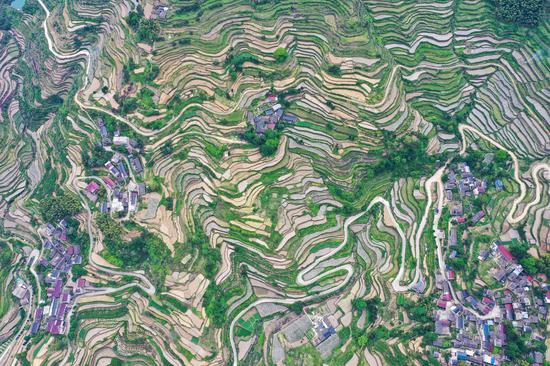


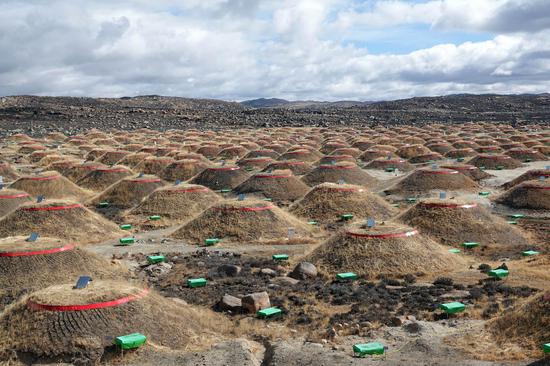
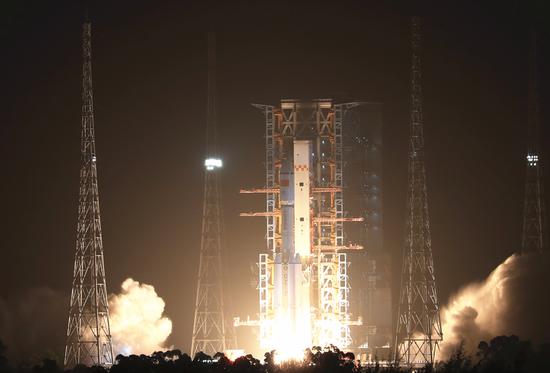







 京公网安备 11010202009201号
京公网安备 11010202009201号